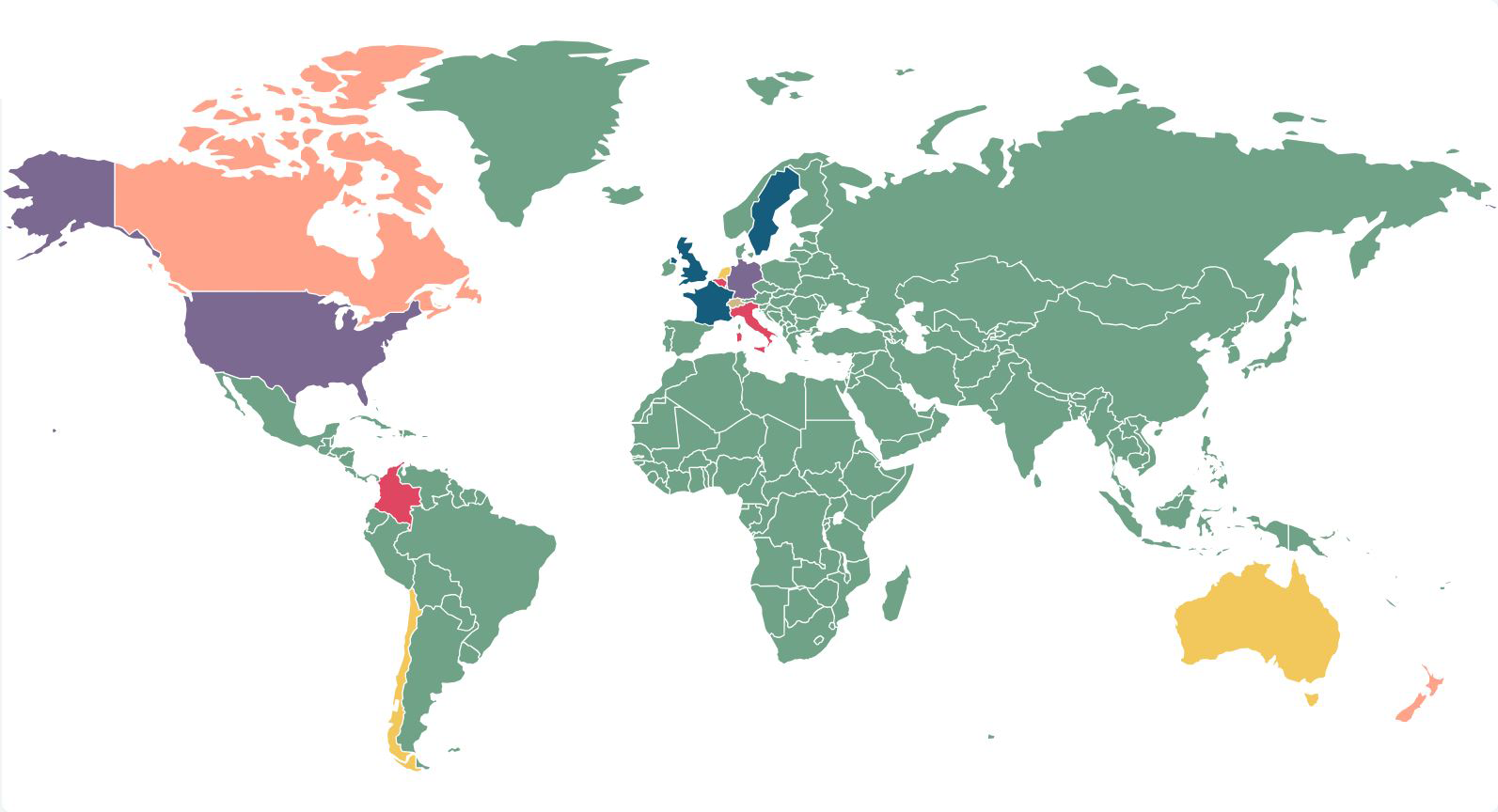Our unique proposition allows us to consider technological developments in the insurance sector from two key angles: its implication for our insurance clients' businesses and its impact on insureds and their insurance claims. With ever more innovative methods of engagement, digital transformation has brought both the insurance industry and customers online. From online portals (for both customers and intermediaries) and new digital propositions to data analytics, there is an increased dependence on technology to secure sustainable growth. Technology also opens the door to new mobility options, such as AV and eVTOL. Our lawyers advise insurance businesses across the full spectrum of technology and digital business matters, including data protection, commercial contracts, regulatory, cyber security issues and policy wordings. Evolving technological advancements also bring new cyber risks, liabilities and regulatory exposures. Our award-winning lawyers support clients when responding to incidents at the most critical hours of need, as well as handling the resulting litigation and regulatory exposures.
Informed Insurance
Informed Insurance

Scenario planning in 2025 - In the grip of uncertainty
We are now all operating outside the previous boundaries of our experience, buffeted by forces we cannot predict, let alone control or influence. I...

The ESG "backlash": How to balance competing demands
Climate change and social issues have, for (at least) the last decade, occupied legislative, regulatory and shareholder thinking, with implications...

Developments in climate change litigation: 2025 could herald an expansion in types of claim and remedies
To accompany the fourth edition of our interactive climate change litigation map, we take a deeper dive into the implications of the key decisions ...

Our Top Five Economic predictions for 2025
To highlight our new economic theme on Informed Insurance, Charlotte Shakespeare, Legal Director and editor of our Predictions for 2025, shares her...

Our Top Five ESG predictions for 2025
In our ongoing #DACBCrystalBall series, Charlotte Shakespeare, Legal Director and editor of our Predictions for 2025, shares her Top Five ESG predi...

Predictions 2024 – Charlotte Shakespeare's Top Ten
In our ongoing #DACrystalBall series, Charlotte Shakespeare, Legal Director and editor of our Predictions for 2024, once again shares her Top Ten p...







